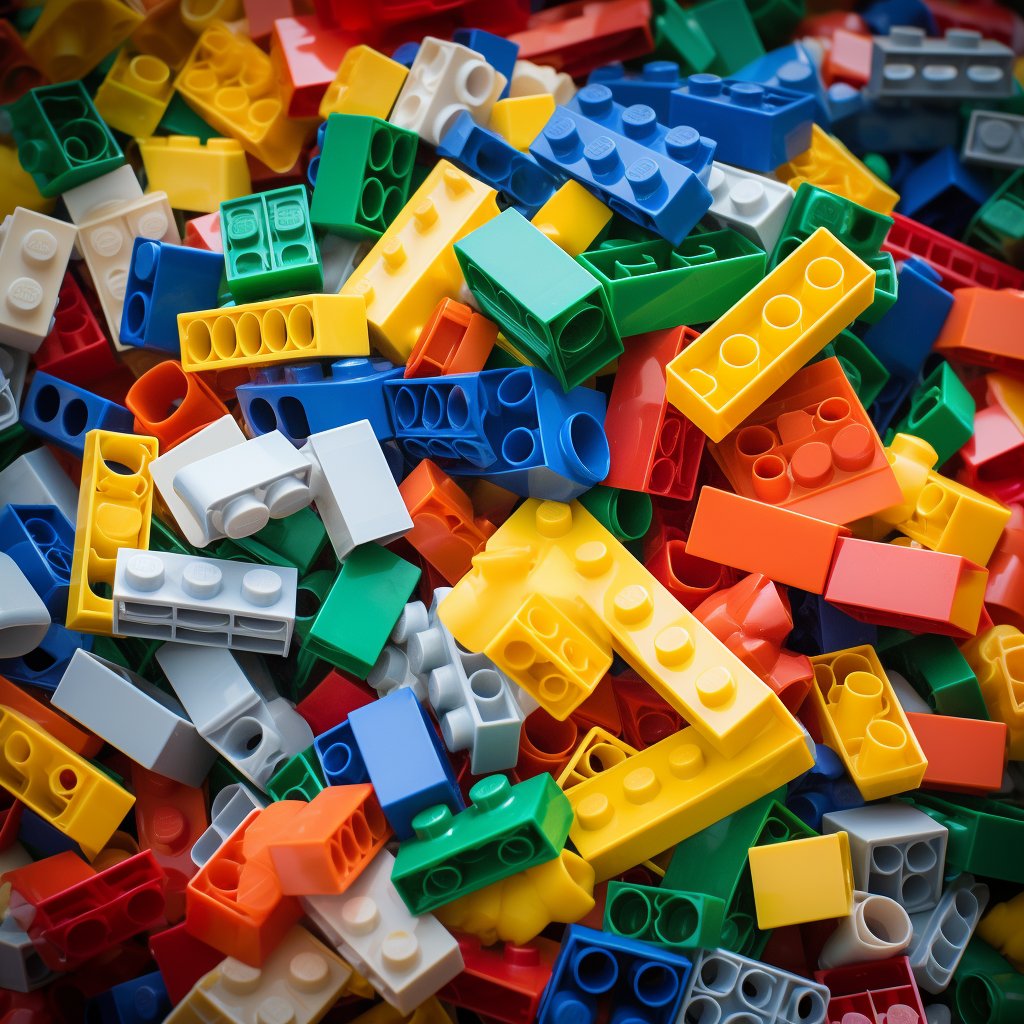Acrylic is a versatile and widely-used plastic material with a range of applications across many industries. It is a thermoplastic material made from a polymer of methyl methacrylate (MMA). Acrylic is often used as a substitute for glass because of its transparency, durability, and weather-resistant properties. In this article, we will delve into the history of acrylic, its material properties, industrial usage, application areas, and consumer product examples.
Acrylic was first developed in 1928 by a German chemist named Otto Rohm, who coined the term “plexiglass.” The material was originally developed as a shatterproof alternative to glass. The first acrylic sheet was produced in 1933 and was commercially available by 1936. During World War II, acrylic was used for aircraft windshields, gun turrets, and periscopes.

Acrylic, also known as polymethyl methacrylate (PMMA), is a versatile and widely used plastic material that has been in use for over a century. With its unique properties such as transparency, durability, and lightweight, acrylic has found its way into numerous applications, from consumer products to construction materials and automotive components.
As plastic waste continues to pose environmental challenges globally, there is a growing need to adopt sustainable plastic waste management practices. In this context, acrylic recycling has emerged as a critical aspect of reducing plastic waste and conserving natural resources.
Material Properties of Acrylic
Acrylic has a range of material properties that make it attractive for many applications. These properties include:
- Transparency: Acrylic has a high level of transparency, with a light transmission of 92%, making it an ideal substitute for glass in many applications.
- Durability: Acrylic is much more durable than glass and can withstand impact and weather damage.
- Chemical Resistance: Acrylic is resistant to many chemicals, making it suitable for use in chemical and pharmaceutical applications.
- Lightweight: Acrylic is lighter than glass, which makes it easier to handle and transport.
- UV Resistance: Acrylic is resistant to UV radiation, which makes it suitable for outdoor applications.
Industrial Usage of Acrylic
Acrylic is used in a variety of industrial applications, including:
- Signage: Acrylic is widely used in the production of signs and displays because of its transparency and durability.
- Automotive: Acrylic is used in the production of automotive parts such as headlamp lenses and taillights.
- Medical Devices: Acrylic is used in the production of medical devices such as blood oxygenators, dialysis machines, and surgical instruments.
- Construction: Acrylic is used in the construction industry for skylights, windows, and roofing.
- Lighting: Acrylic is used in the production of lighting fixtures and bulbs.
Application Areas of Acrylic
Acrylic is widely used in a variety of applications, including:
- Architecture: Acrylic is used in the production of architectural features such as skylights, windows, and facades.
- Advertising: Acrylic is used in the production of advertising signs, billboards, and displays.
- Consumer Products: Acrylic is used in a variety of consumer products such as aquariums, furniture, and kitchenware.
- Electronics: Acrylic is used in the production of electronic displays, touchscreens, and computer screens.
- Art and Design: Acrylic is widely used in art and design for its transparency, colour range, and versatility.
Consumer Product Examples
Acrylic is used in a variety of consumer products, including:
- Aquariums: Acrylic is used in the production of aquariums because of its transparency and durability.
- Furniture: Acrylic is used in the production of furniture because of its lightweight and versatility.
- Kitchenware: Acrylic is used in the production of kitchenware such as cutting boards, plates, and bowls.
- Home Décor: Acrylic is used in the production of home décor items such as picture frames, vases, and candle holders.
- Toys: Acrylic is used in the production of toys such as building blocks, dolls, and puzzles.
In conclusion, acrylic is a versatile and widely-used plastic material with a range of
Advantages and Disadvantages of Acrylic Compared to Alternative Plastics
While acrylic has many advantages, it also has some disadvantages when compared to alternative plastics. Some advantages and disadvantages of acrylic include:
Advantages:
- Transparency: Acrylic has a high level of transparency, making it an attractive alternative to glass.
- Durability: Acrylic is more durable than glass and can withstand impact and weather damage.
- Versatility: Acrylic is a versatile material that can be used in a wide range of applications.
- Chemical Resistance: Acrylic is resistant to many chemicals, making it suitable for use in chemical and pharmaceutical applications.
- Light Weight: Acrylic is lighter than glass and many other plastics, making it easier to handle and transport.
Disadvantages:
- Brittleness: Acrylic can be brittle and prone to cracking or chipping under stress.
- Scratch-Resistance: Acrylic is prone to scratches and requires regular maintenance to keep its transparency.
- Cost: Acrylic can be more expensive than other plastics such as polycarbonate and PVC.
- Weather Resistance: While acrylic is weather-resistant, it can yellow or degrade when exposed to prolonged UV radiation.
Acrylic Recycling: Process, Advantages, Disadvantages, and Environmental Impact
Acrylic, also known as polymethyl methacrylate (PMMA), is a thermoplastic material that is widely used in various applications due to its unique properties. The material is durable, lightweight, and has high transparency, making it an attractive option for manufacturing consumer products, construction materials, and automotive components.
Acrylic is a recyclable material, but its recycling rate is relatively low. The recycling process involves shredding the acrylic into small pieces, cleaning it, and then melting it down to create new acrylic products. However, the recycling process is costly, and the quality of the recycled acrylic may not be as high as that of virgin acrylic. To increase the recycling rate of acrylic, better collection systems and more efficient recycling technologies need to be developed.
Acrylic is a recyclable material, and the recycling process involves several steps, including:
- Collection and Sorting: The first step in the recycling process is to collect acrylic waste and sort it based on the color and type of plastic.
- Shredding: The sorted acrylic waste is then shredded into small pieces using a granulator or shredder machine.
- Cleaning: The shredded acrylic is then washed and cleaned to remove any contaminants or impurities.
- Melting and Extrusion: The clean acrylic is melted and extruded into pellets or sheets that can be used to manufacture new acrylic products.
Advantages of Acrylic Recycling:
- Reduces Waste: Acrylic recycling reduces the amount of waste sent to landfills, conserving natural resources and reducing environmental pollution.
- Energy Savings: Recycling acrylic requires less energy than producing new acrylic products from virgin materials, reducing the environmental impact associated with energy consumption.
- Cost-Effective: Recycling acrylic can be more cost-effective than producing new products from virgin materials, depending on market conditions.
Disadvantages of Acrylic Recycling:
- Quality Control: The quality of recycled acrylic may not be as high as that of virgin acrylic, which may limit its use in some applications.
- Recycling Rate: The recycling rate of acrylic is relatively low, and better collection systems and more efficient recycling technologies are needed to increase the recycling rate.
Environmental and Global Impact:
Acrylic recycling has several environmental benefits, including reducing greenhouse gas emissions, conserving natural resources, and reducing energy consumption. However, the environmental impact of acrylic production and recycling can vary depending on several factors, such as the type of energy used in the production and transportation of the material.
Acrylic production is a resource-intensive process that requires large amounts of fossil fuels, water, and other natural resources. Additionally, the transportation of acrylic products and waste can contribute to greenhouse gas emissions and environmental pollution.
Therefore, increasing the recycling rate of acrylic and improving the sustainability of the production process can have a significant positive impact on the environment and global sustainability goals.
Market Price Developments and Future Market Prognosis
The market price of acrylic is influenced by many factors, including supply and demand, raw material costs, and competition from other plastics. The COVID-19 pandemic has had a significant impact on the acrylic market, with disruptions to supply chains and reduced demand for acrylic products in some industries. However, the market is expected to recover in the coming years as the global economy rebounds.
The future market prognosis for acrylic is positive, with increasing demand expected from emerging economies and growing applications in sectors such as construction and automotive. Additionally, the development of new technologies and processes may increase the cost-effectiveness and sustainability of acrylic production and recycling.
Acrylic:
Acrylic is a versatile and widely-used plastic material with many advantages and some disadvantages when compared to alternative plastics. While acrylic is recyclable, its recycling rate is relatively low, and better collection systems and more efficient recycling technologies are needed to increase the recycling rate. The market price of acrylic is influenced by many factors, and the future market prognosis is positive, with increasing demand expected from emerging economies and growing applications in sectors such as construction and automotive.
Acrylic recycling is an essential aspect of sustainable plastic waste management. The process involves collecting, sorting, shredding, cleaning, and melting acrylic waste to create new products, reducing waste and conserving natural resources. While acrylic recycling has several advantages, including reduced waste, energy savings, and cost-effectiveness, the recycling rate is relatively low, and more efficient recycling technologies and collection systems are needed. Improving the sustainability of the acrylic production process and increasing the recycling rate can have significant positive impacts on the environment and global sustainability goals.






